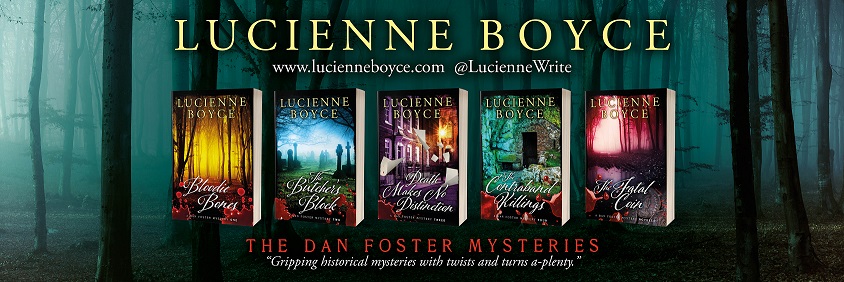On
17 April 1860, in fields near Farnborough, Charles Dickens joined an audience amongst
whom were the Prince of Wales and the Prime Minister, Lord Palmerston, as well
as a number of MPs and clergymen, to watch the American John Carmel Heenan and
England’s Tom Sayers (the Brighton Titch) beat one another blind and bloody in
a bare-knuckle fight that lasted nearly two and a half hours. The fight ended
in a draw when Aldershot police stormed the ring, forcing the fighters and
their illustrious spectators to flee the scene. It was the brutality of this
match that signalled an end to the bare-knuckle era and prompted the
development of the Marquess of Queensberry’s rules.
Dickens’s
interest in pugilism was of long standing. In 1848 Dombey and Son, which had
been published in serial form over the preceding two years, came out in book
form. One of many of his novels that draws on the world of the prize fighter,
it introduces the unforgettable Mr Toots, a would-be man about town, and his
companion and boxing coach the Game Chicken. There was indeed a fighter known
as the Game Chicken – Bristol-born Henry Pearce (1777–1809), who features in my first Dan Foster
novel, Bloodie Bones. Hen Pearce
became champion of England in 1805. But the real Henry Pearce was long dead by
the 1840s, the era in which Dickens’s novel is set.
 |
| Boxers were heroic figures. |
He’s
also coarse and unfeeling. His response to Mr Toots’s request for advice on how
to win the hand of Florence Dombey is to suggest that Toots “doubles up” her
father with a single blow to the stomach. When Mr Toots makes clear that he has
no intention of using brute force to win Florence (there’s a later hint at
abduction), the Game Chicken accuses Mr Toots of meanly giving in and leaves
him (“This here conduct of yourn won’t suit my book, Master”) – demanding a sweetener
of £50 to see him on his way.
Overall,
then, Dickens’s Game Chicken is not an attractive character. P G Wodehouse
compares him unfavourably to “the great Hen Pearce”, describing him as “a poor,
weak-kneed caricature of his class” and even suggests that he is drawn from the
“scum of the boxing world”. While it’s
true that the Chicken of Dombey and Son – that “professor of the peaceful art
of self-defence” – is in reality not much more than a thug whose only answer to
life’s difficulties is to use his fists, he is a perfect subject for Dickens’s irony,
comic perspective and exuberant prose. Describing the Game Chicken’s ill-fated
fight against the Larky Boy, Dickens blithely peppers the page with boxing
slang (as his Game Chicken is “peppered” by the Larky One): with fibbing and
grassing and tapping and bunging, and being groggy and coming up piping. It’s
breezy and funny and it revels in the language. It’s pure Dickens.
And
yet there’s that 1860 fight. During that contest, Heenan’s features were left so
bloody and swollen that he was, according to The Times (18 April 1860), “almost
unrecognisable as a human being”. Sayer’s face too was “smeared with blood and
heavily bruised and bumped”. In addition, he suffered such a severe injury to
his arm stopping one of Heenan’s blows that he had to fight one-handed, and was
unable to use the limb for some time after the fight. He was also
half-strangled on the ropes until he was “black in the face”. If the character
of Dickens’s Game Chicken is as far removed from that of the real Game Chicken,
Hen Pearce, as Wodehouse suggests, then Dickens’s Game Chicken vs Larky Boy
match is just as far from the reality of the Heenan vs Sayers fight.
Should
Dickens have given a more honest account of a boxing match in Dombey and Son?
Did turning it into a comic knock-about have the effect of making the violence seem
acceptable? Nowadays violence is often portrayed in explicit detail in books
and television and film drama – in Scandinoir, for example. But is there
something fundamentally wrong with using violence as a form of entertainment?
On the other hand, given that we live in a violent world it might be equally
dishonest to leave it out of our art altogether.
How
should writers depict violence in their work? What do you think?
For
more information see:-
Frank
Keating, ‘Heenan v Sayers: The fight that changed boxing
forever’, The Guardian, 14 April
2010, http://www.theguardian.com/sport/blog/2010/apr/14/john-heenan-tom-sayers-boxing
‘The
Fight for the Championship’, The Times,
18 April 1860
P
G Wodehouse, The Pugilist in Fiction,
http://www.madameulalie.org/index.html

Comments
Post a Comment